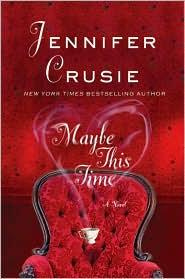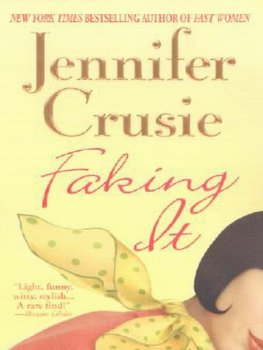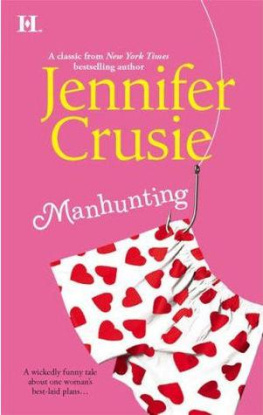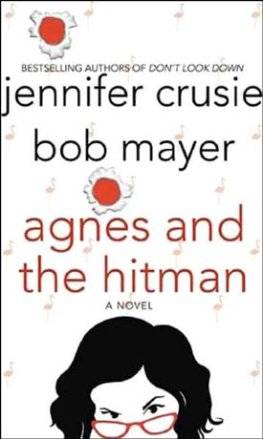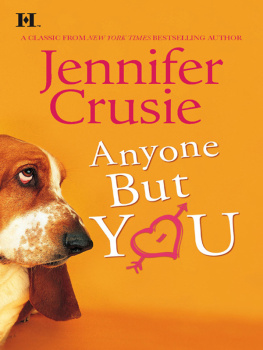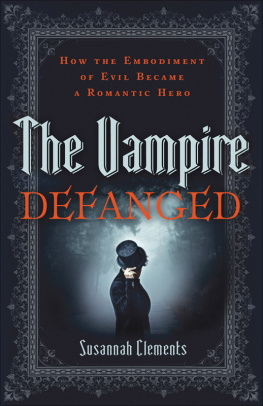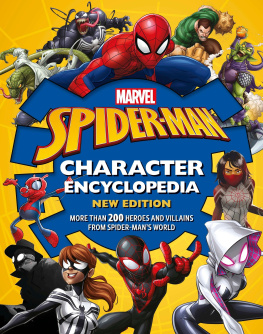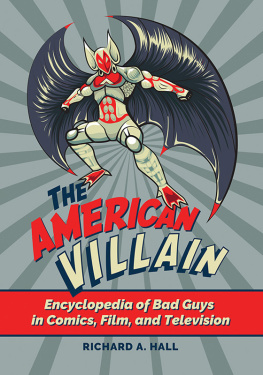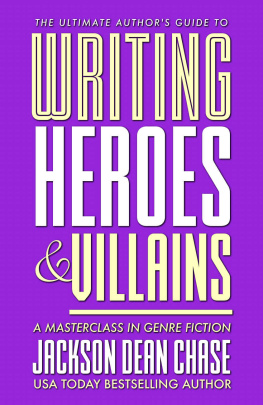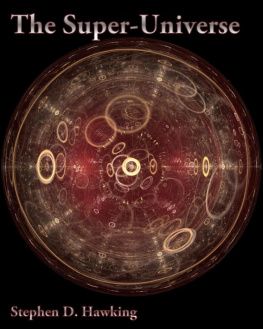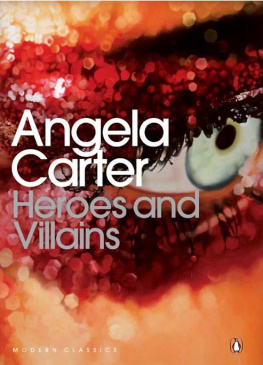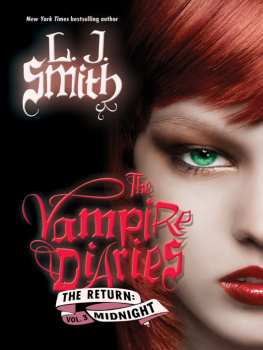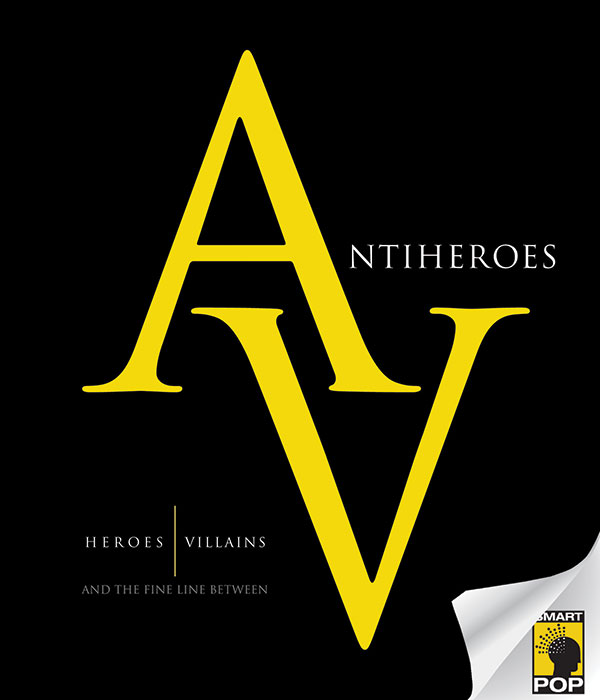
THIS PUBLICATION HAS NOT BEEN PREPARED, APPROVED, OR LICENSED BY ANY ENTITY THAT CREATED OR PRODUCED THE WELL-KNOWN PROPERTIES ALIAS, GLEE, SUPERNATURAL, SPIDER-MAN, BATMAN, MARVEL, THE VAMPIRE DIARIES, DEXTER, ANITA BLAKE, AND TWILIGHT.
The Sixth Stage Copyright 2005 by Adam-Troy Castro
You Think Thats Hard? Try Being an Antagonist, Thats Hard! Copyright 2010 by Jennifer Crusie
The Evils of Hating... Um, Evil Copyright 2009 by Amy Berner
Inner Demons, Outer Heroes, Outer Villains Copyright 2007 by Michael Marano
Antiheroism in the Continuum of Good and Evil Copyright 2008 by Michael Spivey
Damon Salvatore: Vampire Hunter Copyright 2010 by Mary Borsellino
Naughty by Nature, Dexter by Design Copyright 2010 by Joshua L. Gowin
The Other Side of the Street Copyright 2010 by Alasdair Stuart
A Very Dangerous Boy Copyright 2009 by Susan Vaught
Other Materials Copyright 2011 by BenBella Books, Inc.
All rights reserved. No part of this book may be used or reproduced in any manner whatsoever without written permission except in the case of brief quotations embodied in critical articles or reviews.


Smart Pop is an Imprint of BenBella Books, Inc.
10300 N. Central Expressway, Suite 400
Dallas, TX 75231
www.benbellabooks.com
www.smartpopbooks.com
Send feedback to
Printed in the United States of America
10 9 8 7 6 5 4 3 2 1
Library of Congress Cataloging-in-Publication Data is available for this title.
ISBN 978-1-93666-152-7
Distributed by Perseus Distribution
http://www.perseusdistribution.com/
To place orders through Perseus Distribution:
Tel: (800) 343-4499
Fax: (800) 351-5073
E-mail:
INTRODUCTION
HEN IT COMES to heroes, we here at Smart Pop believe that Batman will always be superior to Superman. Not in terms of strength or sheer physical ability because, lets face it, Superman has Batman beat in those areas hands-down. Superman has laser vision. Hes more powerful than a locomotive (do those even still exist?), can outrun a speeding bullet, and he can leap over a skyscraper in a single bound. And if that wasnt enough, the guy can flipping fly! What were all the other heroes doing the day superpowers were being handed out? Smoking underneath the bleachers? Playing hooky? The man from Krypton is an alien, but even by extraterrestrial standards he is just too, too perfect: too powerful, way too golden-boy, saves-kitties-in-trees, All-American hero good. And that is precisely why he could never be as interesting or as appealing as Bruce Wayne.
What can we say? We like em flawed.
If Superman is the archetypal hero personifying truth, justice, and the American-way, then Batman is the archetypal antihero. As Michael Spivey and Steven Knowlton write in their essay Antiheroism in the Continuum of Good and Evil, the caped crusader has no problem striking at his enemies from the shadows. Thats because the Batman is shadow; darknesshis parents murder, his own angeris part of Bruce Waynes soul. What makes him special is that rather than hide from the night that turned his childhood into a tragedy he embraced it, turning it into a weapon for justice. This isnt Supermans style of justice; Batmans version is slightly outside of the law, wrought by sometimes-questionable means. It is a justice that does not hesitate to step into the gray area between good and evil.
This is the type of hero that fascinates us: the antihero, the character that is just a smidge too good to be labeled a villain even if their actions are sometimes indistinguishable from the bad guys. Antiheroes are compelling because they flirt with that magical, mythically distinct line between good and evil. But the idea that there is a line that simply separates the bad guys from the good guys is far too simplistic for this complex world, and definitely too dull for the purposes of a good storyline.
Antiheroes know that they too, are monsters. As Susan Vaught reinforces through her repetition of Edward Cullens repeated warnings to Bella Swan in her essay on Twilights very dangerous boy, no matter how sparkly, attractive, and harmless these human-looking outer packages may seem, they arent. Edward is a good vampire, but he has killed and can kill people, easily. Dexter Morgan, as Joshua Gowin illustrates in his essay Naughty by Nature, Dexter by Design, kills dangerous criminals that the police often miss. But dont get it twisted. At his core, Dexter is a dangerous serial killer, no matter how strong his moral code may be.
Yes, the monster is alive and well in each of these antiheroes, but what is fascinating about this is that like Batman, each of these characters succeed by embracing their inner monster, harnessing it in order to effect justice. Nowhere is this truer than in the case of gun-slinging necromancer Anita Blake. As Alasdair Stuart shows in his essay The Other Side of the Street, Anitas power over the dead is just the first of the ostensibly monstrous abilities she uses to protect the innocent. And though we are not so nave as to believe that justice is always the primary aim of the antihero (as Mary Borsellino shows in the case of The Vampire Diaries Damon Salvatore), justice or some form of it often occupies a top spot on the list. This makes the antihero the best type of character to cheer for: a flawed, complex hero we can relate to, one who occasionally loses his or her way but never fails to do what needs to be done. No matter how brutal the task, antiheroes save the day in a manner that is not only entertaining, but often downright badass.
The antihero is a complicated mix of good and evil. But the same is true for villainsor at least the best ones. Just as Superman isnt compelling because he is too good, villains who are evil purely for the sake of being evil are less than appealing. As Adam-Troy Castro illustrates in The Sixth Stage: On the Appeal of Arvin Sloane, the best villains are the ones who, like antiheroes, exhibit a complex morality. Its why we can empathize with Alias Arvin Sloane or, as Jennifer Crusie highlights in her essay on the importance of the outrageous villainess of Glee, laugh as Sue Sylvester body checks unaware students in the hallways of William McKinley High. Its also why we could pity Supernaturals Gordon Walker, as Amy Berner points out, even while acknowledging that he had to be stopped.
These are villains that, above all, we can understand. They, like the antihero, speak to something in us that acknowledges that there is, as Michael Marano explains in his essay Inner Demons, Outer Heroes, Outer Villains, a potential monster within all of us. That is what Antiheroes: Heroes, Villains, and the Fine Line Between is all about. Examining the line between antiheroes and villains is as much about looking at what the hero and the monster have in common as it is looking at what separates them. Because the distinctions between the two are anything but neat and tidy... and we wouldnt have it any other way.
Smart Pop Books
May 2011
THE VILLAINS
THE SIXTH STAGE
On the Appeal of Arvin Sloane
Adam-Troy Castro
Lets start by discussing the villain. Not the outlandish archenemies of James Bond films, but the bad guys that truly terrify, affect, or attract us: villains like Shakespeares Iago, and


